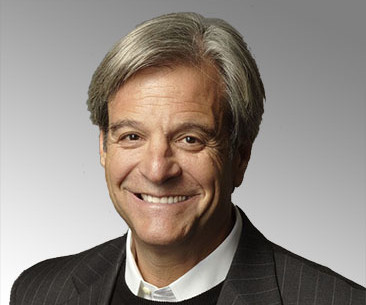Join us Dec. 1-3 in New Orleans for the Digiday Programmatic Marketing Summit

For a 97-year-old magazine publisher, Forbes is no shrinking violet. It has gone all-in on a platform strategy that’s thrown open its site to 1,200 contributors to post directly their own articles, as well as advertisers under its four-year-old native-ad program.
To its critics, these moves spell the death knell of a storied brand. Columnist Michael Wolff recently called Forbes “an obvious fraud,” adding, “It is not a magazine or editorial operation at all. It is just, in effect, a user comment site that allows commenters the pretense of saying they have written for Forbes.” But to Forbes president and CEO Mike Perlis this is simply the evolution of a nearly 100-year-old startup.
“We think the opposite is true,” Perlis said at the Digiday Publishing Summit in Vail, Colo. “The ability for people to be content creators is so incredibly powerful.”
And yet there are questions about quality. Forbes now boasts an audience of 28 million unique visitors per month, yet to get there it publishes up to 400 articles a day, including up to 10 posts from advertisers under the Forbes BrandVoice program.
“Forbes is very discerning, very picky and very concerned with the quality of the people who become contributors,” Perlis said. “They’re not just extra people coming to the table.”
Forbes has executed this strategy on the back of a homegrown tech platform it built with up to a dozen different components from tech vendors. Called Falcon, the content-management system powers both the Forbes contributor network and its BrandVoice native ad program. Forbes is now in talks to license the platforms to other publishers that want to follow a similar strategy.
“We want to be not just a great media company but also a great technology company,” Perlis said.
See Perlis discuss the Forbes strategy in this five-minute video interview with Digiday executive editor Brian Braiker.
More in Media

Before AI can think for Immediate Media, it needs clean data to think with
All the will in the world won’t make an AI strategy work without clean, structured data to back it up.

People Inc. strikes Microsoft AI licensing deal as Google’s AI Overviews hit programmatic ad revenue
People Inc. has struck an AI licensing deal with Microsoft to be part of the tech giant’s pay-per-usage AI content marketplace.

How The Times is using AI to model synthetic focus groups from human audiences
The British news publisher has worked with Electric Twin to create a synthetic audience research panel based on The Times’ human reader panel.





